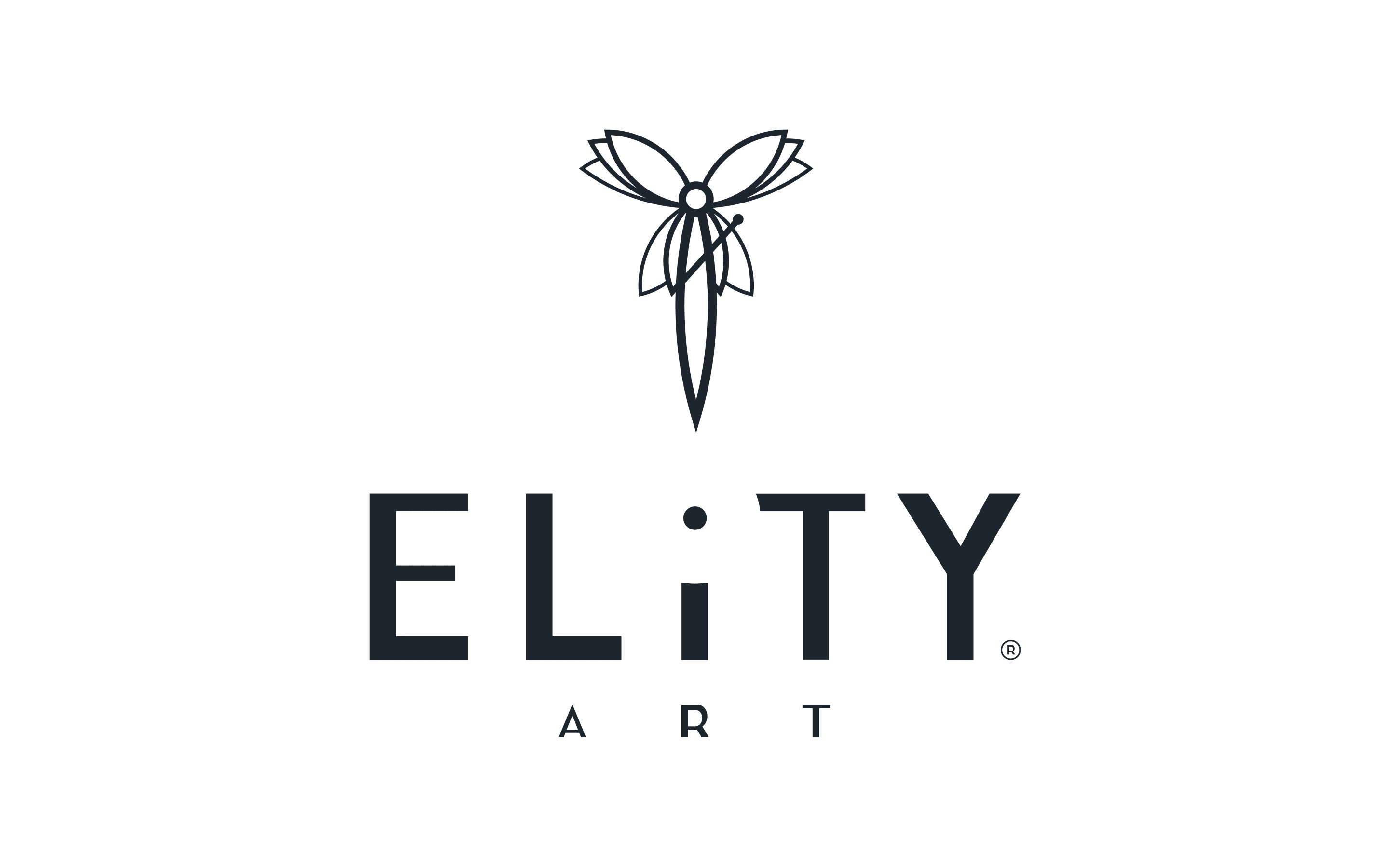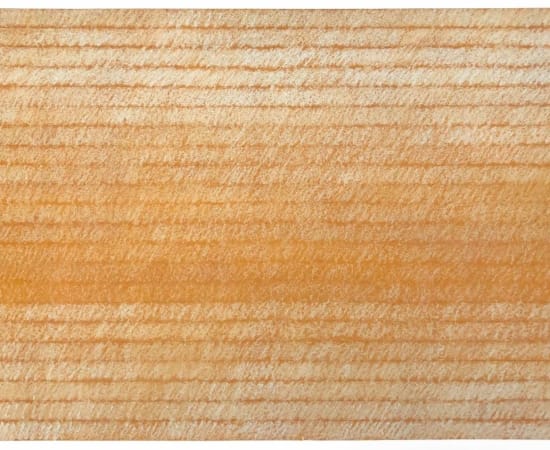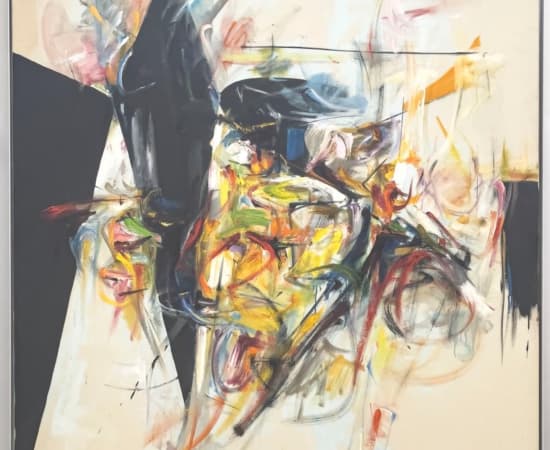Paul Brach, a native New Yorker, found his passion for painting while studying under Grant Wood at the University of Iowa. Brach's artistic and personal life became enriched when he married fellow artist Miriam Schapiro in 1946. Their move back to the New York in 1951 immersed them in the vibrant Abstract Expressionist scene, where they befriended notable figures like Joan Mitchell, Larry Rivers, Knox Martin, and Michael Goldberg. Brach's involvement with the renowned Atelier 17 print studio further solidified his place within the artistic community. Teaching was another facet of Brach's career, he taught at The New School, Cooper Union, Parsons School of Design, and Cornell University's New York City Program during the early 1960s. In 1969 he assumed the role of Dean at the California Institute of the Arts (CalArts) program in Los Angeles.
Paul Brach (1924-2007) was an American abstract expressionist painter known for his bold and dynamic compositions. Born in New York City, Brach studied at the Art Students League and later at the Hans Hofmann School of Fine Arts, where he developed his unique style characterized by expressive brushwork and vibrant colors. He emerged as a prominent figure in the New York art scene in the 1950s, alongside artists like Willem de Kooning and Jackson Pollock, and became known for his innovative approach to abstract painting.
Paul Brach showed with many influential galleries in the early part of his career, most notably the Leo Castelli Gallery. Brach began exhibiting with Castelli in the late 1950s, a time when abstract expressionism was gaining prominence in the art world. Castelli, known for his eye for talent, recognized Brach's potential and began representing him alongside other emerging artists of the time, such as Jasper Johns and Robert Rauschenberg. Brach's work was featured in shows at the Leo Castelli Gallery, helping to introduce his art to a wider audience and establish his reputation as a significant figure in the abstract expressionist movement.
Brach's work is held in the collections of many prestigious institutions, including the Museum of Modern Art, the Art Institute of Chicago, the Whitney Museum of American Art, the Guggenheim Museum, and the Smithsonian American Art Museum, among others.


